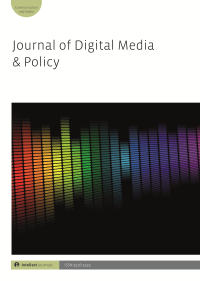
Full text loading...
 , Maria Matsiola1
, Maria Matsiola1 , Constantinos Nicolaou1
, Constantinos Nicolaou1 , Theodora A. Maniou2
, Theodora A. Maniou2 , George Kalliris1
, George Kalliris1
In recent years, digitalization has detached television content from the television screen, and so the television is no longer the only choice for personal audio-visual consumption. The audio-visual market is facing increased fragmentation due to the multiplicity of delivering platforms. Furthermore, the digital touch has brought about far-reaching changes in people’s audio-visual consumption practices. The protagonists of this new digital landscape are the members of Generation Z (GenZ), who are early adopters of the digital innovation. In this article, contemporary consumption behaviours of audio-visual content, contrasting those at the times of traditional television viewing, are explored in the context of the GenZ community. In Greece, GenZ represent nearly 20 per cent of the entire population and makes an interesting target to be scrutinized under the prism of ongoing studies of media usage.

Article metrics loading...

Full text loading...
References


Data & Media loading...

Publication Date:
https://doi.org/10.1386/jdmp_00034_1 Published content will be available immediately after check-out or when it is released in case of a pre-order. Please make sure to be logged in to see all available purchase options.